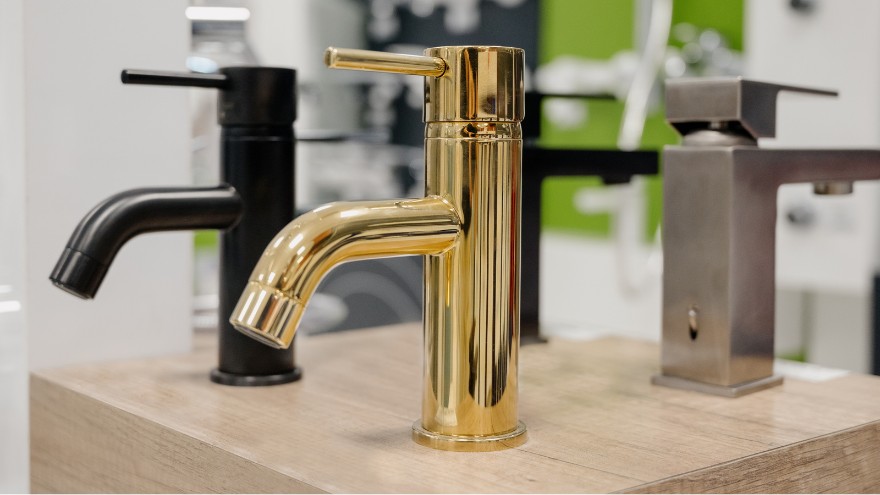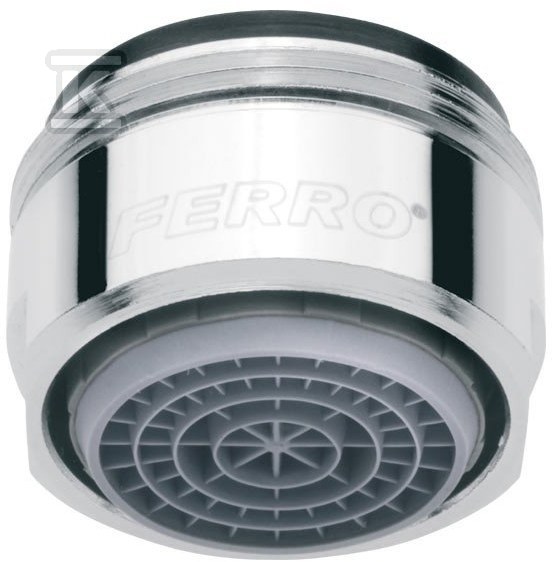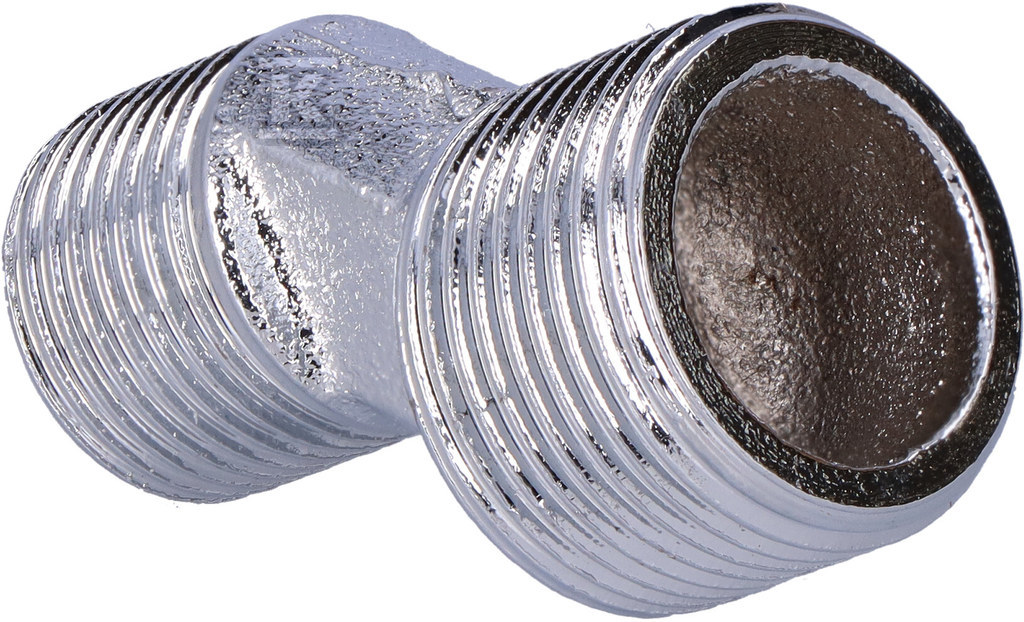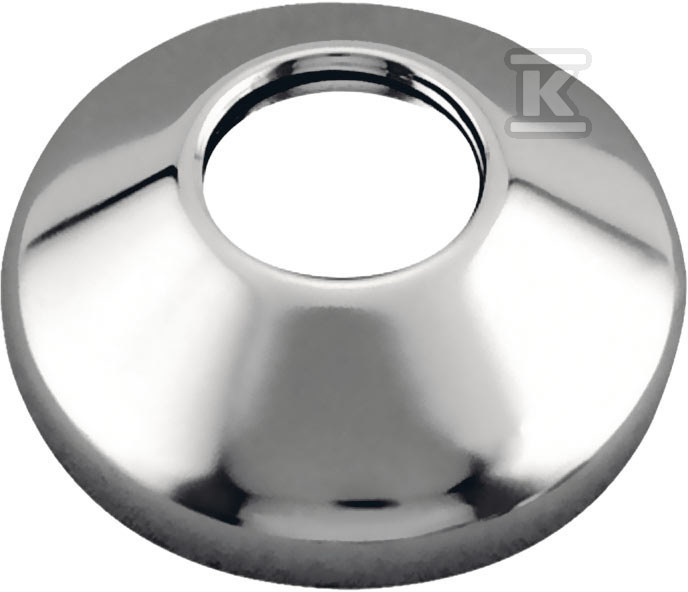Bathroom faucets are an extremely important part of our home plumbing systems, providing smooth access to water at the right temperature. Their structure and operation are relatively simple, but crucial to ensuring comfort and convenience during everyday hygiene activities. Understanding the structure and function of individual faucet components can help you better understand the process of installing, maintaining and repairing these important devices in every bathroom.

Check out the spare parts for bathroom faucets at the Onninen wholesaler
On what principle does a bathroom faucet work and what is it made of?
A bathroom faucet is a device that allows you to control the flow and temperature of water, and also delivers it to various utility points in the bathroom: sink, bathtub or shower. Bathroom faucets should therefore be carefully selected to effectively use the available water source and provide comfort during everyday use.
Principle of operation of a bathroom faucet:
- Water flow regulation - This can be done by using a knob, lever or sensors that control valves inside the faucet. When you turn the knob or move the lever, the valves open or close, allowing water to flow through the faucet.
- Temperature Control - Bathroom faucets allow this by combining cold and hot water streams in the right proportions. Valves inside the faucet control the water ratio, allowing the user to set their preferred temperature.
- Filtration and dispersion - increasingly often, a faucet also has a filter that helps remove impurities from the water. Additionally, an aerator (a small device placed at the end of the spout mixes the water stream with air, making it more gentle. It affects the economy of its use.
The washbasin tap consists of:
- body - the main part of the faucet, usually made of brass or stainless steel. This is where the regulating mechanisms and water control elements are located,
- spouts — the spout is the element through which water flows out of the faucet. It can have different shapes and lengths,
- head/lever - the element that controls water flow and temperature. This can be a traditional knob or a modern lever,
- flow regulators - these are valves inside the faucet that control the water flow and temperature.
It is worth bearing in mind that washbasin faucets equipped with ceramic heads are characterized by long life and precise regulation of the flow of running water. In turn, touchless faucets are a very hygienic part of bathroom fittings - they do not have to be touched by several people.
Regular maintenance of your bathroom faucet can significantly reduce its wear and tear, ensuring trouble-free operation for many years.
Saving water consumption and the aerator
An aerator is a kind of mixer of water and air. Equipping the faucet with it contributes to achieving two benefits:
-
 Water savings - the bathroom aerator reduces the volume of water flowing out, which allows for a reduction in its consumption without losing comfort of use. Even the most economical aerator can reduce water consumption by 15%, while more expensive versions can reduce water flow by up to 60%. The aerator can also be used in the kitchen, where it allows for limiting the water flow to 5 liters per minute.
Water savings - the bathroom aerator reduces the volume of water flowing out, which allows for a reduction in its consumption without losing comfort of use. Even the most economical aerator can reduce water consumption by 15%, while more expensive versions can reduce water flow by up to 60%. The aerator can also be used in the kitchen, where it allows for limiting the water flow to 5 liters per minute. - Creating a gentle and even stream - thanks to this, the water coming out of the tap is pleasant, which is especially appreciated by older people when washing their hands or face.
The role of the eccentric in the operation of a bathroom faucet
Even though not everyone may be familiar with the term "faucet eccentric", in fact in many cases it is necessary to properly connect the faucet to the wall.
 The eccentric is commonly used when installing taps, allowing precise adjustment of the water supply. Its use is especially required when replacing old components with new ones, which do not always fit the existing installation due to differences in dimensions. However, this does not mean that a comprehensive renovation is necessary - the use of eccentrics may be sufficient.
The eccentric is commonly used when installing taps, allowing precise adjustment of the water supply. Its use is especially required when replacing old components with new ones, which do not always fit the existing installation due to differences in dimensions. However, this does not mean that a comprehensive renovation is necessary - the use of eccentrics may be sufficient.
Eccentrics are also used when installing new taps, allowing for better adjustment of the water flow to the tap.
How does a faucet rosette affect the operation of a bathroom faucet?
The faucet rosette is an element that significantly affects its operation in many respects:
-
 Aesthetics - The rosette is often visible on the head and is a finishing element of the bathroom faucet installation. Its design is important for the overall appearance of the interior.
Aesthetics - The rosette is often visible on the head and is a finishing element of the bathroom faucet installation. Its design is important for the overall appearance of the interior. - Moisture Protection - The faucet rosette acts as a moisture protection for the wall. It also minimizes other damage caused by hot water. By tightly fitting the wall and faucet, it prevents water from getting into the wall, which can cause corrosion and contribute to the formation of mold.
- Stabilization of the installation - a properly selected rosette ensures stable and secure attachment of the faucet to the wall.
- Seal - The rosette in faucets can act as a seal, ensuring a tight connection between the faucet and the wall. This prevents water from leaking from the mounting surface.
Accessories for bathroom faucets in the Onninen wholesaler
The Onninen wholesaler offers various models of bathroom faucets, e.g.: standing swivel, with a click-clack stopper, with a high-swivel spout. Products made of chrome add elegance and modernity to any bathroom.
Onninen Wholesale provides numerous accessories for bathroom faucets , which may be necessary for the installation, operation and maintenance of faucets. The offer includes products such as:
- faucet knob - an element that allows the user to regulate the water flow and control the cold and hot temperature. This is usually a comfortable handle or knob. The knob can have different shapes and sizes, depending on the faucet model and user preferences,
- faucet spout - The spout is the component through which water flows from the faucet for use.
- thermostat — a bathroom faucet with a thermostat ensures a constant water temperature, which increases the comfort of using a shower or bathtub.
Check out the spare parts for bathroom faucets at the Onninen wholesaler